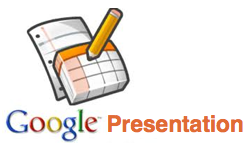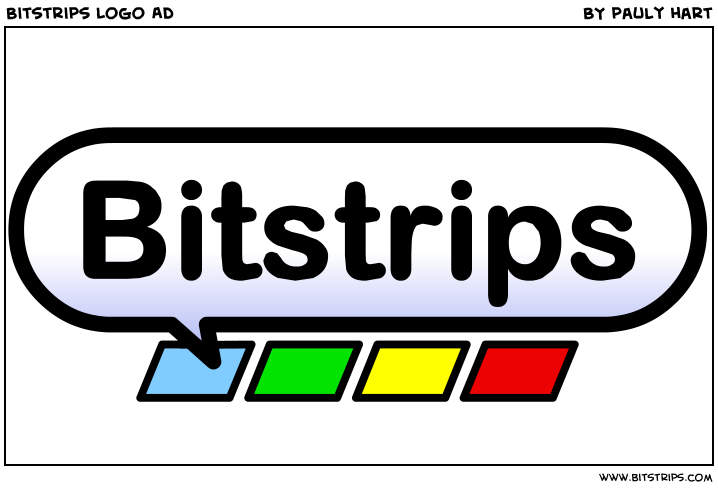Sharing and Permissions
You can share your documents and set different permission levels for each person who has access to the document.
Edit, view, and comment privileges
You can share your docs with just the people you want, and you can specify exactly what level of access (edit, view, or comment) each person has for each document.
You can choose to explicitly share it with individuals or groups in one of three types of roles with sharing privileges
Owner
- When you create a document, you are automatically the owner
- There can only be one owner of a document
- The document is only available to you, which is private
- The owner is the only one who can edit, view, delete or invite others to the document
Collaborators with edit access (editors)
- Can edit documents, spreadsheets, presentations, and drawings.
- Can invite or delete other editors and viewers (if the owner has given them permission).
- Can export a copy of the document, spreadsheet, presentation, or drawing to their local hard drive.
- Can view the list of editors.
- Can make a copy of a doc, and copy the list of doc's editors
Others with view access (viewers)
- Can see the most recent version of a document, spreadsheet, presentation, or drawing but can't make any changes.
- Can export a copy of the document, spreadsheet, presentation, or drawing to their local hard drive.
- Can not view the list of editors.
- Can make a copy a doc, but can't copy the list of doc's editors.
Viewers with comment access
- Same features as above, but can add comments to the document.
Visibility Settings
You can choose to make your document more widely accessible via links or search. These visibility settings are detailed in the text below:
Private
When you create a private doc, you are the only person with access to it.
People at your organization with the link
Docs set to this option are accessible to anyone inside the domain who knows the URL of the file.
People at your organization can find and access
Docs set to this option will be indexed by Google Drive search and may be opened by anyone in your organization.
Anyone with the link
Docs are public and anyone can access it as long as they have the link. It is a great setting if you want to give easy access to information to a bunch of people (as long as the contents of the doc aren't sensitive).
Public on the web
Docs can be access from anyone anywhere on the web, no sign in is required.
Public on the web
Docs can be access from anyone anywhere on the web, no sign in is required.
To share a document:
Here's how to add specific editors and viewers:
- Open the doc you want to share.
- Click Share in the upper-right corner of the document.
- At the bottom of the Sharing settings window, under 'Invite people,' type the email address or the group
- To the right of the list of names, choose 'Can edit', ‘Can comment’ or 'Can view' from the drop-down.
- Two quick options to consider (to share with default settings, feel free to skip this note):
- By default, people who can edit your doc will also be able to share it with additional people. You can remove that ability by clicking Change next to 'Editors will be allowed to add people...' before you click Share.
- By default, everyone you share a doc with will get an invitation email. If you'd rather not notify them, un-check the 'Send email notifications' box. They'll have access the next time they sign in.
- Click Share.
When you share the document with an individual directly, they will notice the document appear in their Google Drive documents list with the document name bolded.
If you selected to have an email notification sent, the individual will receive an email message with a link to the shared document.













